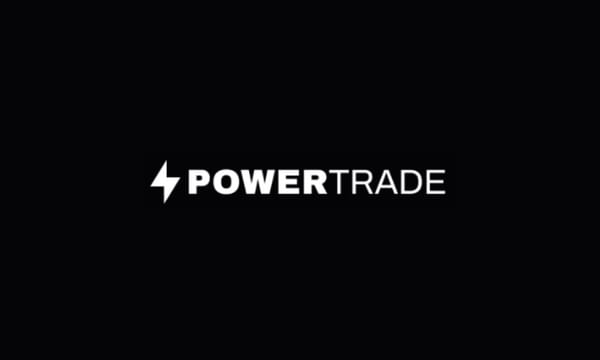Can DeFi do Better Than Traditional Financial Institutions?
Decentralized finance, or DeFi, is often touted as a solution to address inefficiencies in traditional finance. There are indeed a lot of shortcomings where legacy solutions are concerned. Different aspects of finance will need to be modernized over the coming years.
A Different Take on Traditional Finance
On the surface, onlookers may see traditional finance and DeFi as the same. Current products and services that make up the decentralized finance ecosystem are not different from what banks and other institutions can provide. Having access to loans, lending, savings accounts, interest-bearing accounts, and other products is not new nor revolutionary.
What makes decentralized finance a different creature, however, is the removal of intermediaries. Instead of interfacing with a central authority - or its personnel - users can gain direct access to the products and services they need. Users deal with other users directly with the help of blockchain technology and smart contracts.
Even though there is no authority involved, DeFi projects still put a strong focus on security, both for the user and their funds. A permissionless approach does not indicate a lack of security or transparency. Instead, DeFi projects aim to achieve the complete opposite goal.
Addressing Crucial Inefficiencies
Several negative aspects of traditional finance still exist today. First, there is a lack of inclusivity. Banks and other providers manually determine who will be given access to financial products and services. To become eligible, users need to part with their personal information, eroding any sense of privacy along the way. It is far from an ideal situation, as 1.7 billion adults can't access modern financial products and services.
Source: Worldbank
The main goal of decentralized finance is to become an alternative to the banking sector and replace the traditional technologies of the current financial system with open-source protocols, so DeFi projects are open to cooperation with government regulators.
Second, traditional finance often relies on centralized infrastructure. This applies as much to banks as it does to insurers and other providers. With DeFi, there is no centralized infrastructure, but only distributed nodes. It creates a hacking-proof solution capable of providing broader access to services and products.
A Growing Focus on Small Businesses
SME lending is one crucial aspect of traditional finance that needs to change. Many small business owners struggle to acquire financing more often than not. Projects such as Amplify make it more feasible for SMEs to obtain the help they need.
By leveraging the DeFi concept, Amplify can provide on-chain financing for any business owner around the world. More importantly, the team will leverage its expertise in supply chain finance and the blockchain industry. In doing so, the B2B project will have a positive impact on the global economy.
Just recently, the Amplify team released a working version of its technology to the public. Through this MVP, small business owners can better understand how decentralized SME lending will work in the real world. In a future iteration of the platform, the Amplify team will introduce multi-currency mortgage lending, among other features.
Similar to other Defi platforms, Amplify has a native token, called AMPT. It services multiple functions, including governance, the incentive to add liquidity. Holders of the token will receive a portion of the profits collected during Amplify's borrowing and lending process.
Overcoming Key Challenges
As promising as DeFi looks on paper, there are still hurdles to overcome. Transitioning traditional finance into a decentralized version will not be easy.
The main concern is the lack of scalability of the blockchain technology used. Many projects run on Ethereum, which is known for its network congestion and high transaction fees. The network is currently being upgraded to Ethereum 2.0, allowing for much higher throughput, streamlined efficiency, and parallel data processing. If everything goes according to plan, Ethereum 2.0 will take away most of the DeFi-oriented concerns. Other blockchains out there can serve this business case. Plus innovation never stops and technological advancements will surely come and facilitate creation of such applications.
Until that process completes, there will always be benefits and downsides to both DeFi and traditional finance. It is plausible to assume these options will have to co-exist for the foreseeable future. Such an approach will lead to more innovation and competition, ultimately benefiting regular consumers, SMEs, and corporations.
Ultimately, decentralized finance can dethrone its legacy counterpart. That said, traditional finance and DeFi already cater to different users and can serve other purposes. Achieving compatibility between centralized and decentralized is the next order of business. That process can take anywhere from months to multiple years. During this period, individual projects have every chance to make a name for themselves.
Check our guide of the most promising crypto




